Detecting Hodgkin lymphoma and testicular cancer

By Alberto J. Montero, MD, MBA
Cleveland Clinic is a non-profit academic medical center. Advertising on our site helps support our mission. We do not endorse non-Cleveland Clinic products or services. Policy
Primary care physicians play a vital role in detecting cancers at earlier stages and synthesizing information from a patient’s presentation, vital signs, physical examination and results of laboratory and radiographic testing. Yet cancers can be easily overlooked, and highly curable cancers such as Hodgkin lymphoma and testicular cancer, with five-year survival rates above 85 percent, can have unusual presentations.
This post reviews cancers with unusual presentations and provides clinically relevant pearls from an oncologic perspective for primary care physicians.
With 9,190 new cases in the United States annually and a five-year overall survival rate over 85 percent, Hodgkin lymphoma is one of the least common but most curable cancers. In the United States, there are two diagnostic peaks, one around age 20 and one around age 65. In patients with human immunodeficiency virus infection, the rate is 15 to 30 times higher than in the general population, regardless of disease status or compliance with highly active retroviral therapy.
Hodgkin lymphoma typically presents as a nontender painless mass with rubbery consistency. The involved lymph node is typically cervical or supraclavicular. Although not detectable on physical examination, enlarged mediastinal nodes and retroperitoneal nodes are often present. Less commonly, patients may present with enlarged axillary and inguinal nodes.
A second common presentation is the discovery of a mediastinal mass on routine chest radiography. A large percentage of patients present with at least one systemic symptom, which may include fever, night sweats and unintentional weight loss. Generalized pruritus occurs early in the disease course in 10 to 15 percent of patients and is occasionally severe enough to cause intense scratching and excoriations.
A more unusual presentation of Hodgkin lymphoma is severe pain at areas of involvement after alcohol ingestion.
Most patients present with overt disease, but the presenting symptoms and signs may be relatively nonspecific and subtle and more consistent with an infectious process.
Hodgkin disease has a variable tempo, but overt symptoms typically occur after several months rather than years. As a general rule, it starts at a single site within the lymphatic system, usually a lymph node, and then spreads to adjacent nodes via lymphatic channels before disseminating to distant nonadjacent sites and organs. With this in mind, it is unusual to have bilateral axillary involvement without disease in the lower neck, and extremely unusual to have hepatic or bone marrow infiltration without disease in the spleen.
The diagnosis is established by whole lymph node tissue biopsy. Due to the high rate of inflammation in the area, inguinal nodes should not be biopsied if other equally suspicious peripheral nodes are present elsewhere. When the diagnosis of Hodgkin lymphoma is made from biopsy of an extranodal site, such as the stomach, spleen, Waldeyer ring, central nervous system, lung, bone or skin, lymph node biopsy is also desirable for diagnostic confirmation.
Although accounting for only about 1 percent of all cancers in men, testicular cancer is the most common solid tumor affecting males between ages 15 and 35. With a five-year survival rate of over 95 percent, testicular cancer is also one of the most curable cancers.
Testicular tumors usually present as a painless nodule or swelling of one testicle. Uncommonly, patients have metastatic disease at diagnosis, with the most common sites being lymph nodes, lung, bone and the brain. Gynecomastia, associated with the production of human chorionic gonadotropin, occurs in about 5 percent of men with testicular germ cell tumors and 20 to 30 percent of men with Leydig cell tumors. Rarely, patients may present with paraneoplastic hyperthyroidism, which is secondary to thyroid-stimulating hormone and human chorionic gonadotropin sharing a common homologous alpha and beta subunit.
Prompt diagnosis and treatment of testicular cancer provides the best opportunity for cure. Therefore, any testicular mass, even a painful scrotal lesion, should be evaluated as if it is testicular cancer until it is proven otherwise. The diagnostic evaluation of suspected testicular cancer includes scrotal ultrasonography. Radiographic testing, as deemed clinically necessary by the consulting urologist and medical oncologist, may include chest radiography, CT (chest, abdomen, pelvis), brain magnetic resonance imaging or bone scan.
The primary care laboratory evaluation should include a complete metabolic profile and measurements of lactate dehydrogenase and serum tumor markers such as alpha fetoprotein and human chorionic gonadotropin. In nonseminomatous germ cell tumors, alpha fetoprotein or human chorionic gonadotropin, or both, can be elevated in 80 to 85 percent of patients. However, in seminoma, alpha fetoprotein is never elevated, and the serum human chorionic gonadotropin is elevated in only 20 to 25 percent of patients.
Patients with a suspicious testicular mass should be referred promptly to a urologist for consideration of radical inguinal orchiectomy and, in some cases, retroperitoneal lymph node dissection. Testicular biopsy is not part of the evaluation as it may result in tumor seeding into the scrotal sac or metastatic spread of tumor to the inguinal nodes. Inguinal biopsy of the contralateral testis is considered if ultrasonography raises suspicion of an intratesticular abnormality, cryptorchid testis or marked testicular atrophy. Discussing sperm banking with the patient is part of the diagnostic workup, as cumulative cisplatin doses greater than 400 mg/m2 can result in permanent infertility in 50 percent of men.
Dr. Montero is staff in the Department of Solid Tumor Oncology.
This post is adapted from and contains part of an article that originally appeared in Cleveland Clinic Journal of Medicine. Read the full article for pearls on other types of cancer.
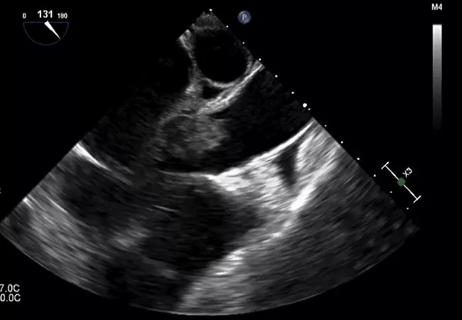
An historical view of the disease

Screening asymptomatic high-risk patients is key
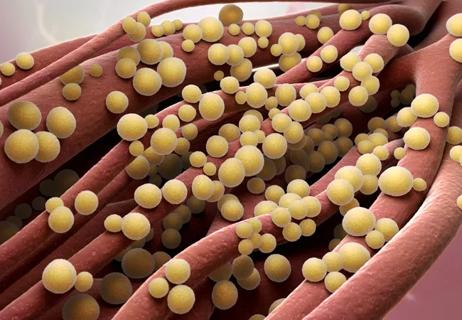
Tools for diagnosis

A disease affecting hundreds of thousands of older adults
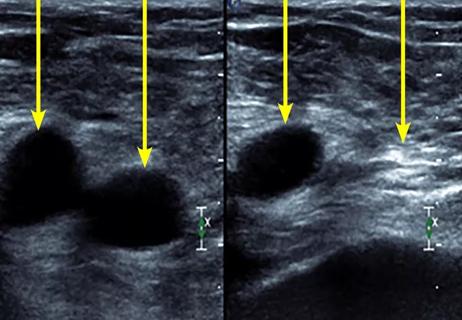
A self-test on a clinical case

Wade through wide range of symptoms, presentations
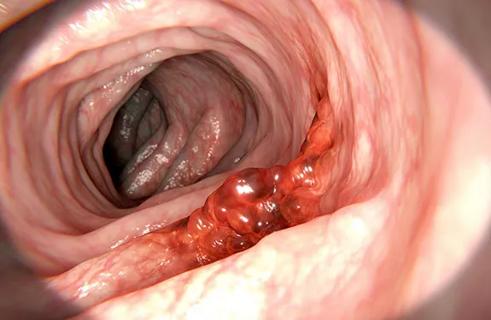
Symptoms indicate tumor location
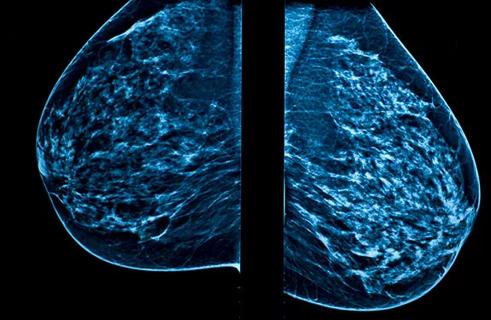
What to look for and when to screen